
Bianca Nogrady
CLIMATE CHANGE
How We Can Get to Carbon Zero

Contents
About the Author
WIRED is the worlds most authoritative and respected publication reporting on the emerging trends, ideas and technologies shaping our world. Our mission is to tell the stories of the people who are driving this change and to understand its impact on business, society and individuals. WIRED has become synonymous with informed and intelligent analysis of these transformational forces and the significance of them for industries and individuals and is a consistently reliable predictor of change.
Bianca Nogrady is a freelance science journalist and regular contributor to WIRED UK.
Introduction
Humans have changed the climate of an entire planet.
Think about that for a moment.
A small, four-limbed, bipedal creature that has existed for a mere blip in the lifespan of this ball of rock we call Earth has, in little more than a century, managed to nudge the planetary thermostat up by just over 1 degree Celsius.
Thats quite an achievement, and were only just getting started. The worst-case scenario forecasts point to three or four degrees of warming; maybe more.
Anthropogenic human-caused global heating is the unfortunate side-effect of the discovery and subsequent exploitation of an abundant (but not limitless), cheap and powerful source of energy: fossil fuels.
Since the Industrial Revolution in the early 1800s, when the large-scale possibilities of coal first became apparent, humans have burned vast quantities of it as well as oil and natural gas for heat, light, electricity and motion. The combustion of that carbon-rich material also produces the compound carbon dioxide (CO2). At the start of the Industrial Revolution, the concentration of carbon dioxide in the Earths atmosphere was around 280 parts (molecules) per million.
If this process didnt happen at all, the Earth would be a frozen marble devoid of life. But the danger in a too-high concentration of carbon dioxide in the atmosphere is that now its absorbing too much heat. Theres a Goldilocks zone between not enough atmospheric carbon dioxide and too much. Humanity is burning so much fossil fuel, and releasing so much greenhouse gas, that we are edging out of that Goldilocks zone.

Global greenhouse gas emissions by sector, 2016
And the planet is undeniably getting warmer. Since the 1880s, global average temperatures have increased by just over 1 degree Celsius. That might not seem like much, but its worth remembering that a single-degree drop in temperature thought to be the result of a brief dimming of the Sun during the seventeenth century triggered a mini ice age in Europe and North America. A five-degree drop around 20,000 years ago led to North America being covered with slabs of ice. Under some of the worst-case scenarios for our climate-changed future, humanity could be looking at more than four degrees of temperature increase above pre-Industrial levels. This increase brings us within sight of the PalaeoceneEocene Thermal Maximum, a period in the Earths history, around 56 million years ago, when average global temperatures rose by 5 to 8 degrees Celsius over thousands of years, and caused massive species loss and evolutionary change. The cause of that rise is still debated, but is likely to have been the result of volcanic activity triggering the release of huge amounts of greenhouse gases such as methane.
Climate is a complex beast, so pinpointing exactly how a single-degree increase in global average temperatures changes climate, weather and conditions on the Earths surface is incredibly difficult. However, as more and more data accumulates, the picture of what a warmer future might look like is becoming clearer. And its not pretty.
Its extremes of heat that are not survivable, like the record-breaking 54 degrees Celsius recorded in Death Valley, California in 2020, or the 48.9 degrees Celsius day that baked heavily populated western Sydney in 2019. Its increasingly frequent, widespread and catastrophic bushfires like those that have scorched the Amazon basin, Siberia, Australia and the United States in the past few years. Its sea level rise caused by thermal expansion of the oceans and melting polar ice, which threatens to drown low-lying nations including Kiribati, Tuvalu, the Maldives, the Marshall Islands and Bangladesh, and even major coastal cities such as Osaka, Rio de Janeiro and Miami. Its droughts, failed crops, more intense cyclones, storm surges, flash floods, and possibly even more Northern Hemisphere ice storms resulting from a destabilised polar vortex.
Humans are phenomenally adaptable in many ways: we thrive both at freezing high altitudes and in sweltering tropical heat. We can survive in space and in the black depths of the deepest oceans. But the resources we depend on are less adaptable: our agricultural systems, our water supply, the ecosystems that provide not just food but also shelter, materials, clean air and water, even oxygen. If those fail, they will take us down with them. As the climate patterns that we depend on change rapidly, food and water security will become both essential and elusive.
Climate change is humanitys darkest hour. But it can also be our finest moment. Human ingenuity has delivered such wonders that each new generation of humans born cannot begin to imagine how much the world will change in their lifetime. Now that ingenuity is turned to the biggest challenge of all: how to decarbonise our way of life so the concentration of carbon dioxide in the atmosphere stabilises or even decreases. We are also being given an opportunity to reimagine our world, to put right so many of the environmental, social and economic harms that have been done in the helter-skelter fossil-fuelled rush towards growth and wealth. A decarbonised future can be also cleaner, fairer, healthier, more equitable and more efficient.
The Covid-19 pandemic has shown how quickly humans can make drastic changes to their lives, societies, economies and industries when the survival of their friends, families and communities is at stake. Stabilising atmospheric greenhouse gas emissions, avoiding catastrophic global heating, and possibly even reversing some of the damage done, is a challenge that is orders of magnitude greater in impact and complexity.
If wed started this process decades ago, when the first warnings were sounded about climate change, the path to decarbonisation would be more gradual and gentle. But weve left it so late hopefully not too late that the only option left to us is to dive into full decarbonisation, boots and all.
In this short guide, I have painted a broad-brush-strokes portrait of what that zero-carbon future might look like, and how we get there. It is not possible to cover the many and varied innovations that will help humanity transition away from its fossil-fuelled past to a clean, green, sustainable future. But it is feasible to explore our successes so far, the most exciting areas of innovation, and the challenges that still lie ahead.
This book focuses on one part of the problem: carbon. Carbon dioxide emissions are one of the biggest issues, and they are also a proxy for other problematic emissions, such as methane, water vapour and nitrous oxide. Focusing on carbon emissions doesnt, however, address air and water pollution, food or water security, plummeting biodiversity, climate or social justice, or the widening disparities of wealth that will see the poorest nations and individuals disproportionately affected by climate change. Any action on decarbonisation and climate change mitigation that does not also take into account and address these issues is an incomplete solution.
Next page

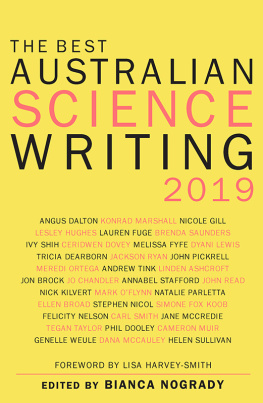
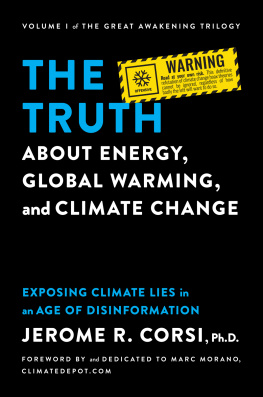
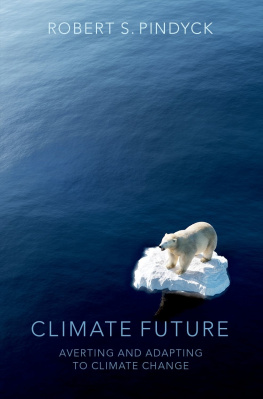

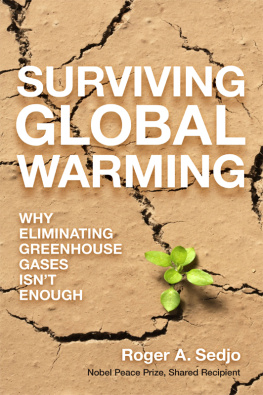
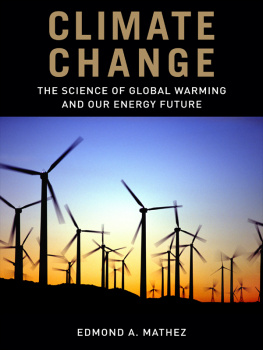

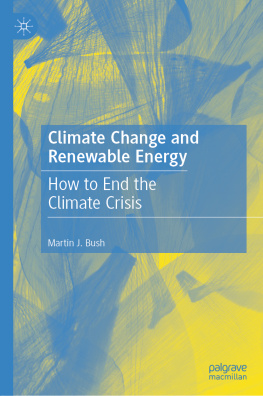



 Global greenhouse gas emissions by sector, 2016
Global greenhouse gas emissions by sector, 2016